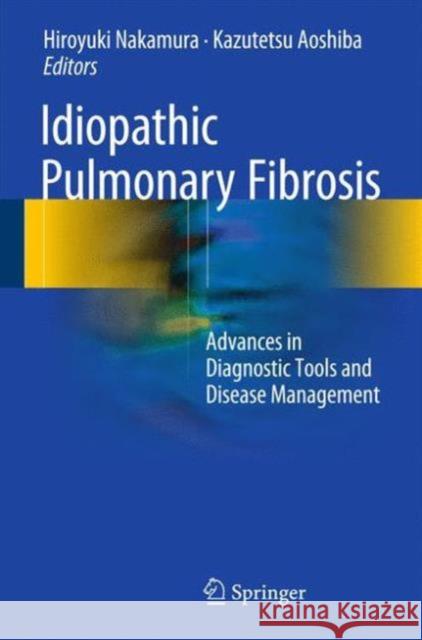Idiopathic Pulmonary Fibrosis: Advances in Diagnostic Tools and Disease Management » książka
topmenu
Idiopathic Pulmonary Fibrosis: Advances in Diagnostic Tools and Disease Management
ISBN-13: 9784431555810 / Angielski / Twarda / 2015 / 259 str.
From epidemiology and pathogenesis to disease management, this book reviews our current understanding of and provides up-to-date information of Idiopathic Pulmonary Fibrosis (IPF).











